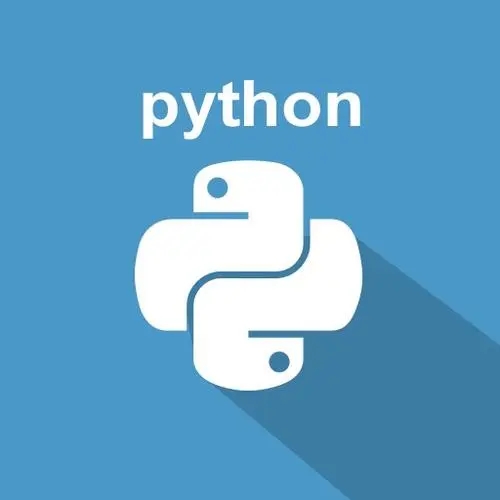python从设计之初就已经是一门面向对象的语言,正因为如此,在python中创建一个类和对象是很容易的。

面向对象技术简介(推荐学习:Python视频教程)
类(Class): 用来描述具有相同的属性和方法的对象的集合。它定义了该集合中每个对象所共有的属性和方法。对象是类的实例。
类变量:类变量在整个实例化的对象中是公用的。类变量定义在类中且在函数体之外。类变量通常不作为实例变量使用。
立即学习“Python免费学习笔记(深入)”;
数据成员:类变量或者实例变量, 用于处理类及其实例对象的相关的数据。
方法重写:如果从父类继承的方法不能满足子类的需求,可以对其进行改写,这个过程叫方法的覆盖(override),也称为方法的重写。
局部变量:定义在方法中的变量,只作用于当前实例的类。
实例变量:在类的声明中,属性是用变量来表示的。这种变量就称为实例变量,是在类声明的内部但是在类的其他成员方法之外声明的。
继承:即一个派生类(derived class)继承基类(base class)的字段和方法。继承也允许把一个派生类的对象作为一个基类对象对待。例如,有这样一个设计:一个Dog类型的对象派生自Animal类,这是模拟"是一个(is-a)"关系(例图,Dog是一个Animal)。
实例化:创建一个类的实例,类的具体对象。
方法:类中定义的函数。
对象:通过类定义的数据结构实例。对象包括两个数据成员(类变量和实例变量)和方法
创建类
使用 class 语句来创建一个新类,class 之后为类的名称并以冒号结尾:
class ClassName: '类的帮助信息' #类文档字符串 class_suite #类体
类的帮助信息可以通过ClassName.__doc__查看。class_suite 由类成员,方法,数据属性组成。
更多Python相关技术文章,请访问Python教程栏目进行学习!
以上就是python是面向对象的语言吗的详细内容,更多请关注php中文网其它相关文章!

python怎么学习?python怎么入门?python在哪学?python怎么学才快?不用担心,这里为大家提供了python速学教程(入门到精通),有需要的小伙伴保存下载就能学习啦!

Copyright 2014-2025 https://www.php.cn/ All Rights Reserved | php.cn | 湘ICP备2023035733号